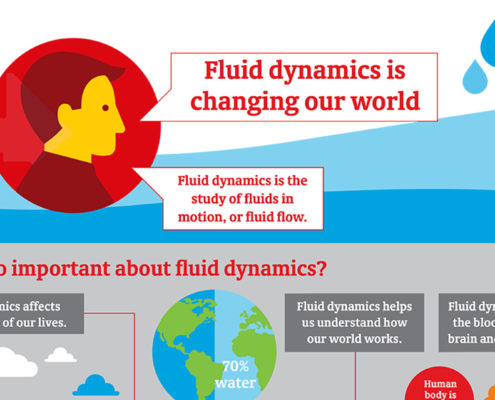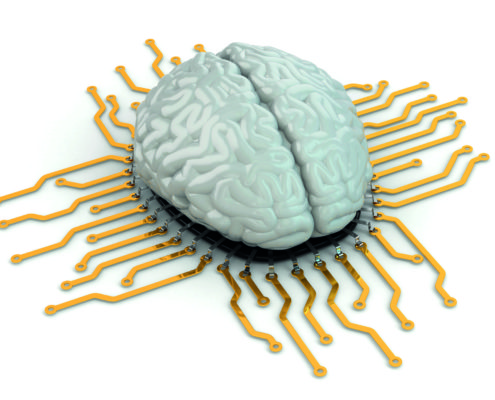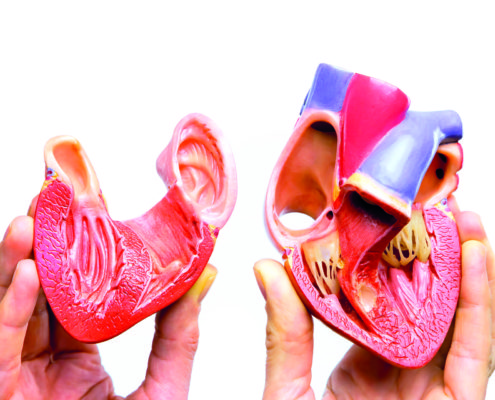
Infographic: fluid dynamics is changing our world
What do airplane wings, human hearts and inkjet prints have in common? Answer: all are subject to interactions between structures and fluids. The science of fluid dynamics is driving innovation in digital printing. It is also one of the most exciting areas of scientific research today. That’s why Océ cooperates with leading universities and institutes in the science of fluid dynamics.

Mimicking life on a microscale
14 million: the amount of deaths every year worldwide because of thrombosis-related heart attacks or strokes. To better understand and combat thrombosis, we need to gain more knowledge. Blood flow patterns and 3D geometry of blood vessels play a key role in the mechanism of thrombosis.

From the world of print to printing the world
In recent years, inkjet technology has established itself as the primary digital printing method for more and more applications. Yet we’ve only just begun to explore its full potential. Océ is pumping a large amount of resources into R&D, exploring new and exciting areas in which inkjet can have a major impact.

The ice age cometh, or not
Is Europe on the brink of a second ice age? In recent years, some have speculated that climate change may affect the Gulf Stream, a powerful oceanic current which transports heat from the tropics past the eastern shore of the USA and into the North Sea. Without it, many scientists believe, Western and Northern Europe would be much cooler.

Let it roll
Car windscreens that automatically resist raindrops? Surfaces that you can clean by spraying them with water, which automatically rolls off the surface, taking dust and other particles with it? Just two examples of the practical advantages of liquid-repellent surfaces.

The future is inkjet
After decades of research into different fields of printing technology, 2008 marked a next turning point in Océ’s history. Océ decided to focus on inkjet technology as much as possible for future developments.Océ’s Marcel Slot and Herman Wijshoff explain the rationale behind that choice and where they expect inkjet technology will take us.

Cloud computing
Area of research: hydrodynamics and self-organization Clouds produce rain. Or not, as the case may be. What actually goes on inside a cloud is still not fully understood, undermining the accuracy of both weather forecasts and climate models.

Matters of the heart
What do airplane wings, inkjet prints, and our hearts have in common? Answer: all are subject to interactions between structures and fluids, leading to a complex and non-linear system of dynamic interaction, influencing each other’s behavior. Numerical or computational simulation can help grasp the essence of the working mechanisms in these systems.

"This is the golden age of fluid dynamics"
From studying the behavior of drops to discovering that there is more than one state of turbulence, Professor Detlef Lohse is one of the world’s leading authorities on the way fluids behave and interact with their environment. What makes this subject so fascinating, and what are the big questions researchers are trying to answer?





